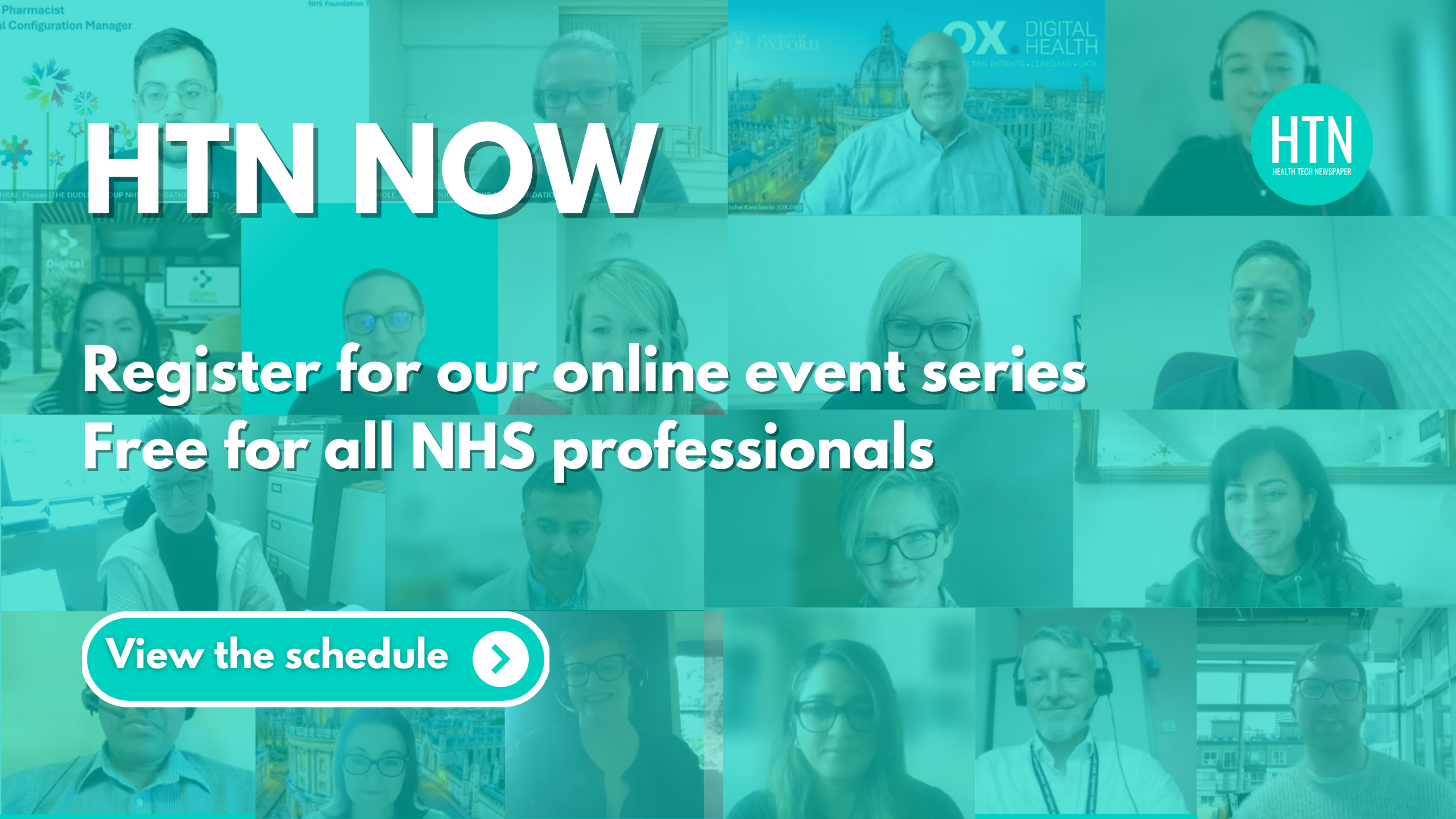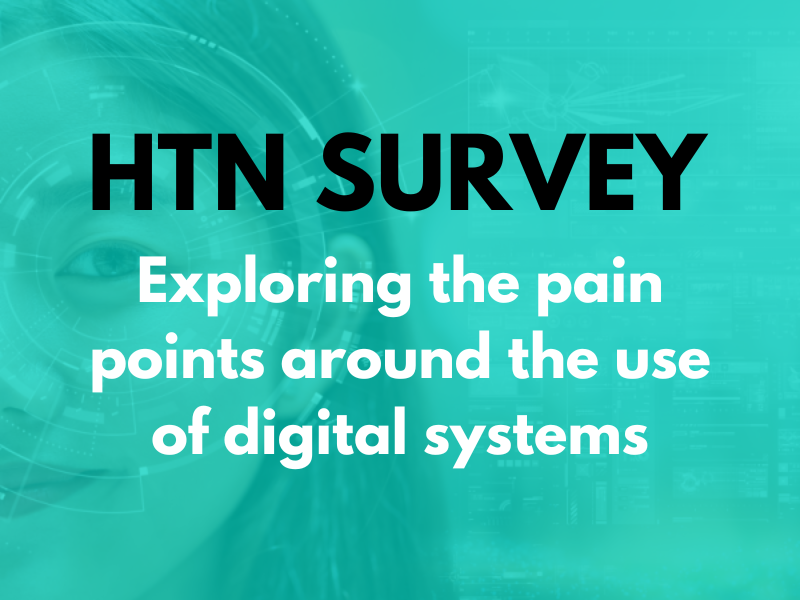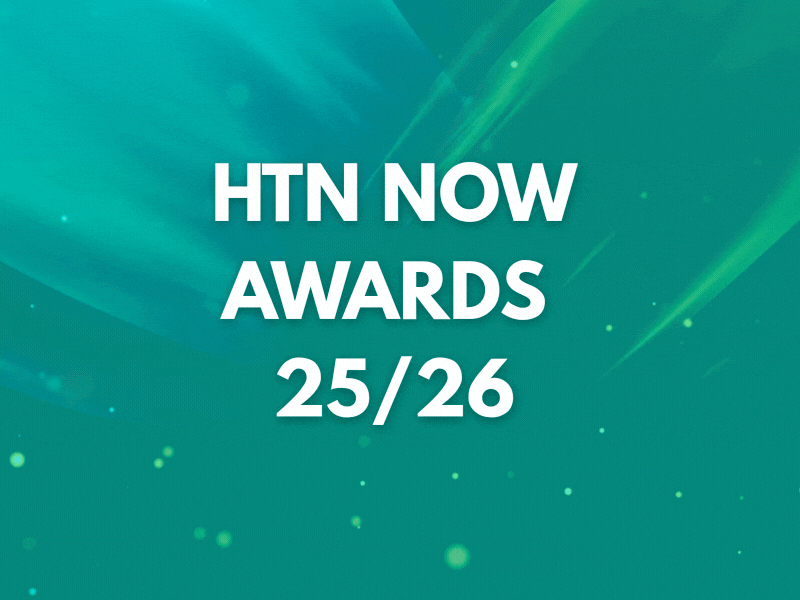We recently spoke with Sharon Hanley, director of digital primary care at X-on Health, as well as Derrick Measham, research and development manager at X-on Health, about the value of data for meaningful transformation in primary care.
We explored how data can be used to overcome challenges at both practice and PCN level, while also looking at some of the Surgery Assist key metrics to track through Surgery Insights and the impact of data collection when it comes to driving transformation.
Addressing key questions with data monitoring
To start us off, Sharon gave a brief introduction, highlighting her new role with X-on Health and her experience in primary care, emphasising some of the key learnings she’s taken from both. “Working through those 25 years of deploying digital tools into primary care and healthcare organisations, it became apparent that we tend to roll tech out without any real monitoring of the uptake, the outcomes or the usability,” she said.
She went on to share how she “felt that there was still something missing” in terms of data and monitoring, noting that “one patient survey asking a question a year doesn’t quite cover it”. Sharon followed this observation by explaining how collecting more detailed data can help, adding, “there’s a better way of doing things”.
As an example, she highlighted that “more than 80 percent of patients still call practices even after five/six years of online consultation tools and the introduction of NHS App” but that “30 to 40 percent of people calling on the phone don’t actually need a GP service”. Sharon noted how primary care can focus on helping those patients “identify, access, and contact the right service first-time, without it costing extra money on systems” through the use of tech and accurate data.
Derrick also highlighted his lengthy experience, whilst noting the journey X-on Health has taken over the past two decades. He began by explaining, “we started over 20 years ago as a general telephony provider but have focused on primary care for over 10 years now, which has given us quite a big footprint”. However, Derrick also noted how things at X-on Health changed when they started to wonder what problems they were solving, posing important questions such as, “are we really helping or are we just providing a phone call system?” Upon evaluation, Derrick explained how it helped X-on Health to realise “there was a lot more we could do to enable better patient and citizen access”.
Speaking on the current journey for X-on Health, Derrick added, “we still do telephony, but we’re also adding lots more products to help along the way”, which he said would help “direct that demand to the right place first-time via different mechanisms”. For Derrick, being able to achieve this starts with looking at key datasets that are already available.
Using tech and data to tackle challenges in primary care
Sharon moved on to explain the importance of using data effectively in order to get the most out of the information provided, highlighting some key considerations when looking at all the digital tech being used in a primary care setting. “Is it being used appropriately and are we recording the data properly?” She asked.
As an example, Sharon directed us towards the NHS report on the number of NHS App downloads and registrations, explaining how these numbers don’t necessarily offer a complete picture. “You don’t always see how many people that are registered are actually using it,” she said. “I’ve registered for it, as we all did during COVID, to get a COVID pass. But how many people go on there to get test results instead of calling the practice?” She went on to say, “if I’m not aware of what the app can do and the practice doesn’t have the time to explain it, why can’t we use tech to educate and improve access” to make sure patients are getting the service they need and that “fewer people are trying to get in touch through the phone”.
Delving deeper into data captured by NHS England, Derrick presented a graph which showed telephony data together with online consultation usage and NHS App usage, in which he highlighted that “at the moment the public are still choosing to pick up the phone and dial their surgeries, which is the problem we’re trying to solve”. He added that “the NHS App is a great tool and more can and should be done with it. So, we’re looking to help encourage that. We’re not trying to hold on to all telephone calls forever, it’s about taking that demand that is coming in via the phone and serving it better.”
Speaking further on the graph shown by Derrick, Sharon added how well it “shows the strain on general practice and staff”, before going on to explain how she has spent a lot of time talking to practices to understand their pain points. “The main one is obviously dissatisfaction at the front desk,” she explained, “but there are also recruitment issues where people leave because there’s too much pressure. When we marry that up with the workforce data, it becomes clear that some areas don’t have enough reception staff for the amount of calls coming in.” Sharon then outlined how this data can be used to help solve these pain points, “we can relieve those pressures using the tech available. That’s why this data is really key. It shows you where the impact would be and how tech can help”.
Practical examples from Surgery Assist and Surgery Insights
Moving onto some practical examples of effective data collection using Surgery Insights, Derrick and Sharon highlighted a “channel shift in action at a real surgery” which already had an online consultation tool and was promoting the NHS App. “Surgery Assist is just one enabler for practices and PCN’s,” Sharon emphasised. “We’re all working on the same thing really, but we’re the only ones that can actually show this channel shift to digital.”
She then presented a graph which tracked the amount of calls before and after the use of Surgery Assist, highlighting how patients “don’t go to websites naturally. They call and end up talking to someone rather than having an online consultation and that’s not always the right solution”. However, Sharon noted how the introduction of the Surgery Assist chatbot led to an “increase in chats and online consultation tool uptake”, which she said made it easier to direct patients to the most appropriate service: “we don’t want things coming through that could go to pharmacy, for example. So, the chatbot would take them away first”.
Sharon then added that “just switching on a digital option on a telephone can get more people going to the NHS App. And of course the practice would be doing some work on NHS App as well. So it’s a combined effort of everybody trying to work towards this type of transformation”. She highlighted, “that’s what’s really important about having the data – it allows people to really understand what tech can do for patients”.
Based on this data, Sharon noted how “you can see the number of people that are actually choosing a digital option as opposed to staying on the phone”. However, she also suggested that some patients are hesitant to use a digital tool due to a lack of support, stating, “we did a local survey, asking patients why they don’t use digital tools. And they said they would if they knew how or if they could get support. But you can’t phone the practice to ask for support with the NHS App because they’re too busy and it’s not really up to the practice to do that”. Which was where the Surgery Assist chatbot came in handy, as Sharon shared, “inside the chatbot, we’ve got short videos on how to order your repeat prescription through the NHS App, for example. So, patients can get support that way instead”.
Key metrics for practices and ICBs
Continuing on the Surgery Assist dashboard, Derrick showed some of the key metrics that can be tracked through Surgery Insights, including call waiting times and access optimisation for practices, which is “published for the whole world to see”. Derrick highlighted the importance of this data from X-on Health’s point of view, stating, “not many areas are looking at this data in that much detail, which is why we were keen to put it all in one place and generate insights to assist our customers and make changes”.
Derrick also mentioned telephony data national collection, which he said is “going to be released to ICBs soon” before going on to show some of the raw telephony data collected for an area in March. “You can see they’ve had 8 million phone calls in total, with 4.6 million inbound phone calls and half a million outbound phone calls,” he said, emphasising the importance of showcasing “the sheer number of phone calls and activity that goes on to show how well practices are doing when coping with the demand”.
Derrick then went on to demonstrate how looking at this type of data over a full year can help practices and ICBs with managing demand and “predicting what might happen in the future”. As an example, he mentioned the dip one practice saw over the Christmas period and bank holidays and then an increase in demand from September, which “gives you a very likely outcome of what might happen for the next year”.
Another key metric to consider was presented by Sharon, who emphasised the importance of looking at how many online consultations come through to a practice to help “break down the pathway analysis” and understand which patients require an appointment. Explaining the benefits of this from a practice perspective, Sharon added how it can help to identify which patients are capable of managing themselves, allowing the practice to then “tweak the call flow to get more people to choose digital, and get their issue resolved faster”.
Accessing the data
Finally, when looking at accessibility, Derrick spoke about how a lot of data is “published and available on various NHS England web pages”, however he noted that they may not be available in a “particularly helpful format and so they can’t really give many insights”. Because of this, X-on Health wanted to focus on accessible formatting, with Derrick stating, “for us it’s about providing a dashboard and data in a useful format, as well as sitting down with customers to properly explain it all, because that’s the bit that’s missing”.
Sharon also mentioned the importance of “using data to report back on what you’ve managed to deliver in terms of your wider strategy”, noting how it can direct practices on where they need to focus funding and support. “Sometimes there’s a blanket procurement of something that isn’t going to provide impact where the impact’s needed,” she said, “whereas practices and ICBs could be much smarter about what is being deployed by using the data available”.
We’d like to thank both Sharron and Derrick for speaking to us and sharing their expert insights around the value of data in primary care.






